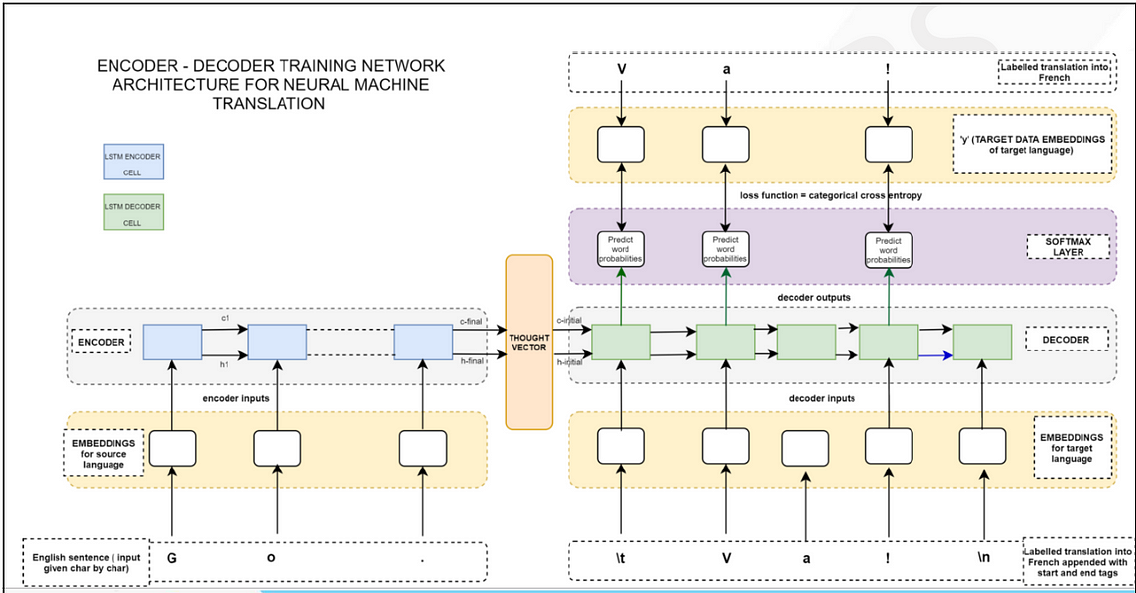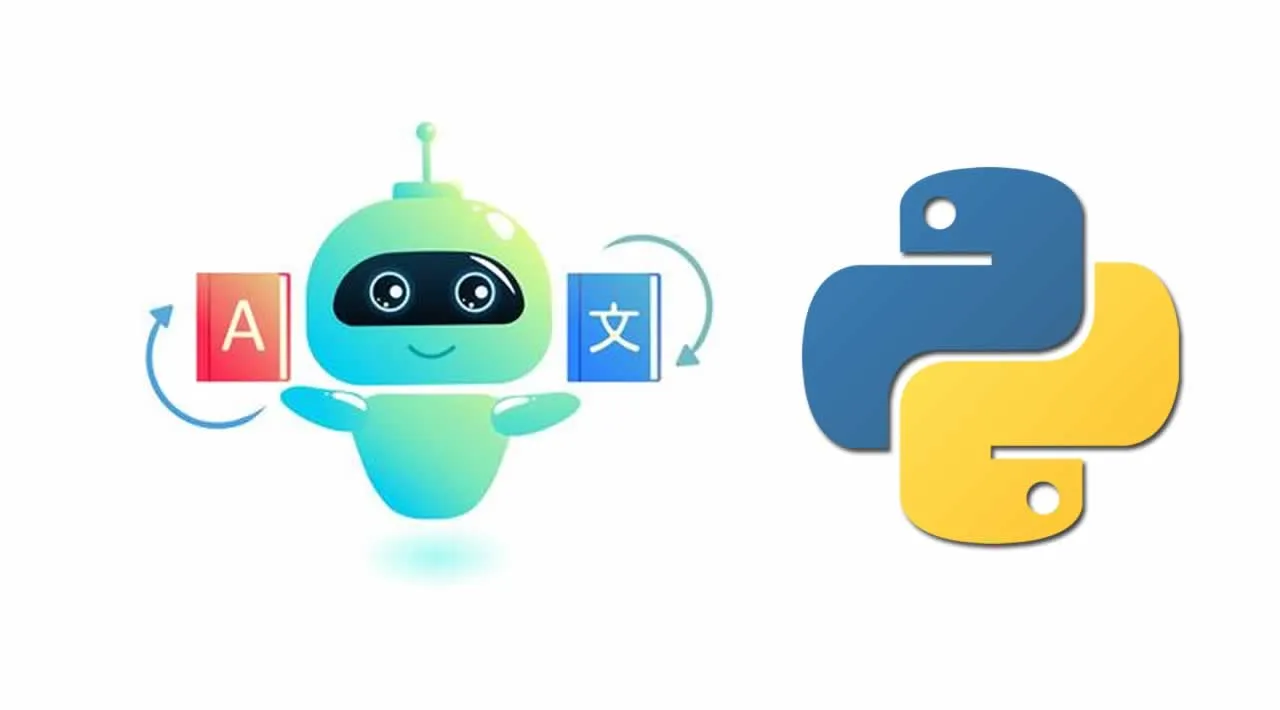Here, in this article, We will make a language translation model and will be testing by providing input in one language and getting translated output in your desired language. We will be using Sequence to Sequence model architecture for our Language Translation model using Python.
_A sequence to sequence model has two parts. The first part is an encoder and the second part is a decoder. Both the features are two different neural network models combined into one giant neural network. An encoder model’s task is to understand the input __sequence _by after applying other text cleaning mechanism and create a smaller vector representation of the given input text. Then the encoder model forwards the created vector to a decoder network, which generates a sequence that is an output vector representing the model’s output.

Photo By : AnalytixLabs
Data
We will use the English to Hindi translation dataset, which has around 3000 conversations that we use in our day to day life. Data can we grab from any open-source resource. You can get it over at kaggle.
#chatbots #deep-learning #language-translation #python #data-science
